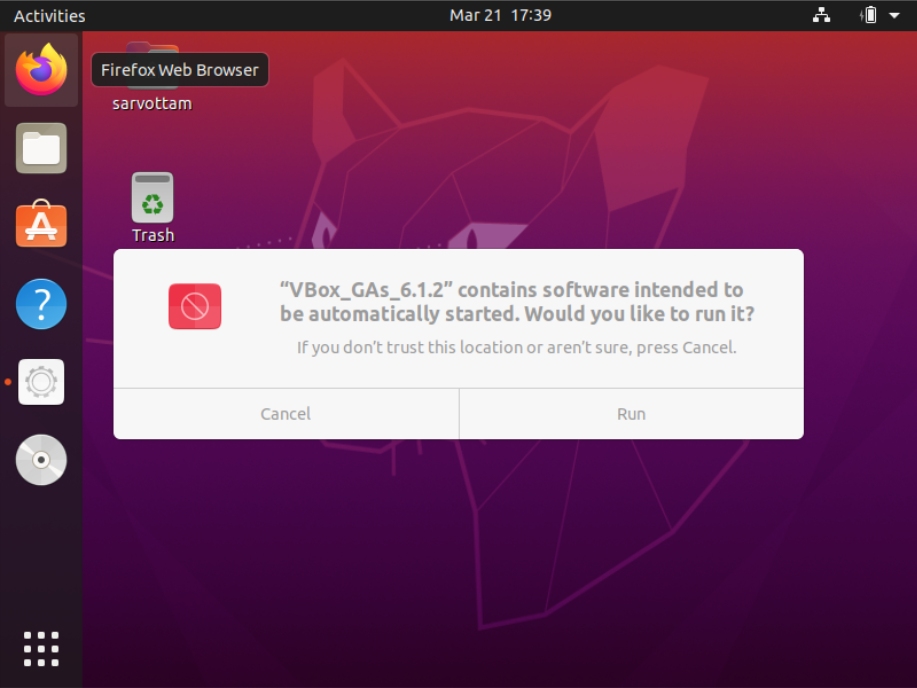

See “About VirtualBox” for an introduction. Not only is VirtualBox an extremely feature rich, high performance product for enterprise customers, it is also the only professional solution that is freely available as Open Source Software under the terms of the GNU General Public License (GPL) version 2. VirtualBox is a powerful x86 and AMD64/Intel64 virtualization product for enterprise as well as home use. It can run everywhere from small embedded systems or desktop class machines all the way up to datacenter deployments and even Cloud environments. Oracle VM VirtualBox is deceptively simple yet also very powerful.

The only practical limits are disk space and memory. You can install and run as many virtual machines as you like. As an example, you can run Windows and Linux on your Mac, run Windows Server 2016 on your Linux server, run Linux on your Windows PC, and so on, all alongside your existing applications. Secondly, it extends the capabilities of your existing computer so that it can run multiple OSes, inside multiple virtual machines, at the same time. What does that mean? For one thing, it installs on your existing Intel or AMD-based computers, whether they are running Windows, Mac OS X, Linux, or Oracle Solaris operating systems (OSes). Oracle VM VirtualBox is a cross-platform virtualization application. Since you can configure what kinds of virtual hardware should be presented to each such OS. This way, you can run software written for one OS on another, such as Windows software on Linux or a Mac, without having to reboot to use it. Oracle VM VirtualBox enables you to run more than one OSes at a time. It can run multiple operating systems simultaneously. Oracle VM VirtualBox is a free package that provides me with the needed solution. Because my MacBook Pro did not support the needed software to compile the necessary binary files.

As I’m working on the ESP HomeKit project’s I needed a machine that was running Linux.


 0 kommentar(er)
0 kommentar(er)
